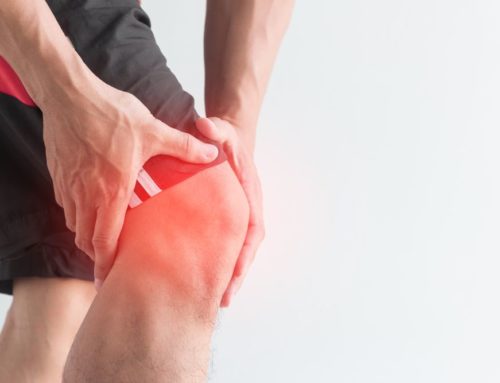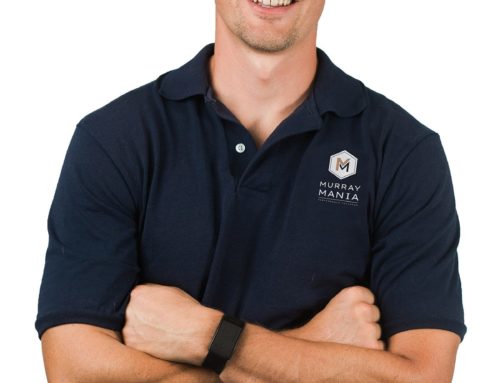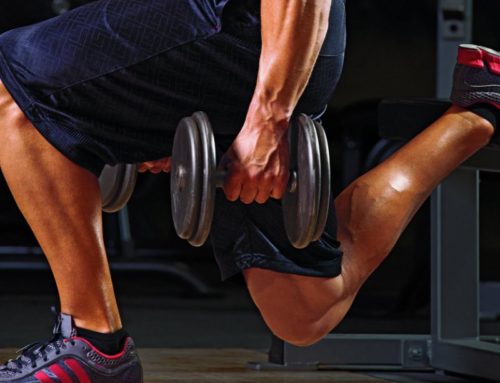General low back pain is one of the most common nagging complaints and setbacks that I come across in my career as a personal trainer. I don’t know if it’s more common than ever before or if I simply hear about it more given my field. It’s possibly both are true, but the point is that a lot of people struggle with this issue. There are all different causes of low back pain and methods to go about addressing the issue vary on a case-by-case basis. Of course, if your low back pain feels severe, you may well need support from a medical professional.
Traditional methods like heating pads, ice and Advil may help alleviate the symptoms when low back pain flares up, but to fix the cause going forward we have to implement proper core training, and to do this, we have to look at the function of the core and what its purpose is.
The core does not just consist of your “six pack’’ muscles but rather involves your entire trunk area including front, side and back muscles that stabilize your hips and connect your upper and lower body. The core’s function is to stabilize (either isometrically or dynamically) while your upper and lower body move and create enough stiffness to lift something without low back pain or injury occurring.
Exposing the core to enough stress so that it can adapt appropriately to that demand and gradually progress from there is the best way to work on core stability. When functioning properly, your low back gives you the ability to extend back and reach for something or bend forward with ease, while your core assists by creating tension and brace to prevent injury or pain. To give you a visual, look at your spine as a flexible rod that can bend back and forth aided by support from your core, which can become tense and stiff in order to resist load and protect your spine.
Injury occurs when load is greater than your capacity to handle it. For instance, you go down to pick up your latest amazon shipment that has just arrived in a big box. Instead of bracing and preparing to lift the box, your core doesn’t engage, your back tries to compensate and before you know it you’re reaching for the heating pad and Advil in bed.
To prepare your core to properly take on any external load it might encounter, we must train it by exposing it to stressors so that it can adapt to them and become stronger.
Because everyone’s core has different capabilities and starting points, I will cover four different core exercises that you can start implementing today no matter your fitness level. Hopefully, these will help with any general low back pain you might be experiencing and protect against future pain or injuries. As a byproduct, these exercises may carry over to benefit your compound movements like squats, lunges or deadlifts, which also require a stable core.
1. ½ Kneeling Pallof Press
This is a great “anti-rotation” exercise, meaning that your core is fighting the urge to rotate. While your upper body presses the weight forward your core braces and stays where it is. By taking one of your legs out of the equation your core is forced to work even harder to compensate. Go with a slow tempo, drive the stable foot into the floor, brace your midsection and press the weight forward. Breathe out as you press the weight forward and pause for 1 sec when your arms are extended so that you feel your core resisting the load from rotating then bring the weight back in and repeat.
2. Stability Ball Deadbug
One of my go-to’s with almost all my clients. Whether we are warming up or throwing it in the middle of a workout, this core exercise is great for teaching your trunk how to stabilize. Once you are in this position it’s hard to cheat the movement or do it incorrectly. Your core naturally has to brace while your upper and lower body are moving, thus training one of the functions of the core as I explained above. This is also a spine friendly position for those that are experiencing a lot of low back pain.
3. Suitcase Carry
Remember, we have to train the core from all sides! This loaded carry forces your core to resist any lateral flexion, which means you’d bend to one side if your core didn’t engage. Because we are just holding the weight in one of your arms (off-loaded) one side of your core really has to make up for the lack of weight on the opposite side, thus forcing it to stiffen up and brace as you walk. Even though you only have weight on one side at a time, try to keep your shoulders square and back muscles engaged on both sides while you walk.
4. Plank
There is a reason planks are so popular. They are an amazing way to teach your core how to brace and create tension. But good form is crucial. You can always start in a push up position and progress from there. Focus on three things: your fists, your quads and your core. The goal is to create tension throughout your whole body. Oh, and don’t hold your breath while doing it! Once you can hold a proper plank for 30 secs it’s time to progress to things like body saws and plank variations on a stability ball.




